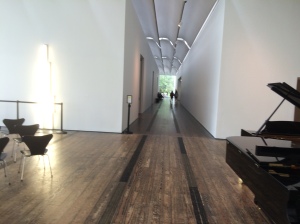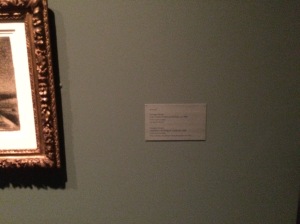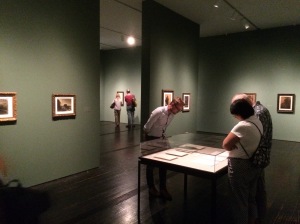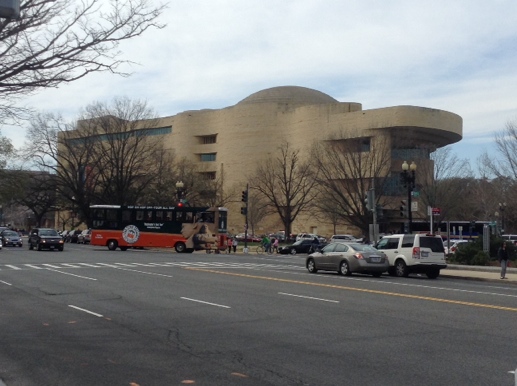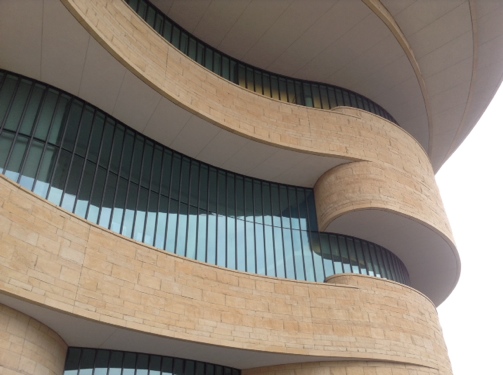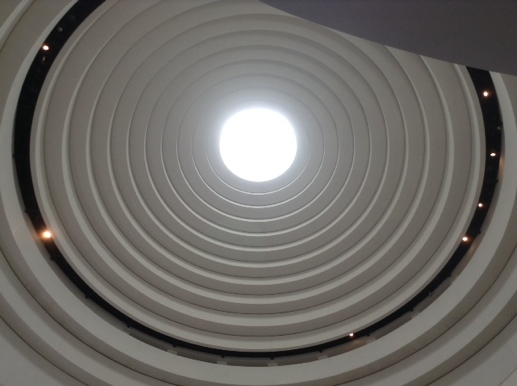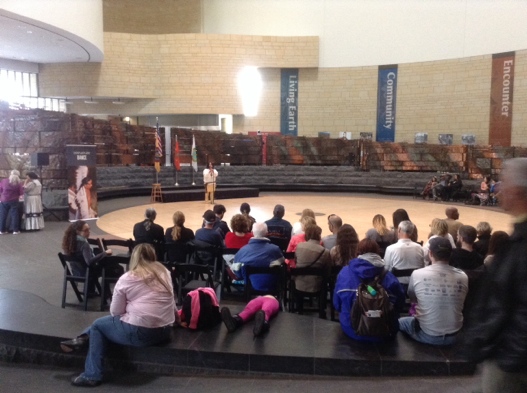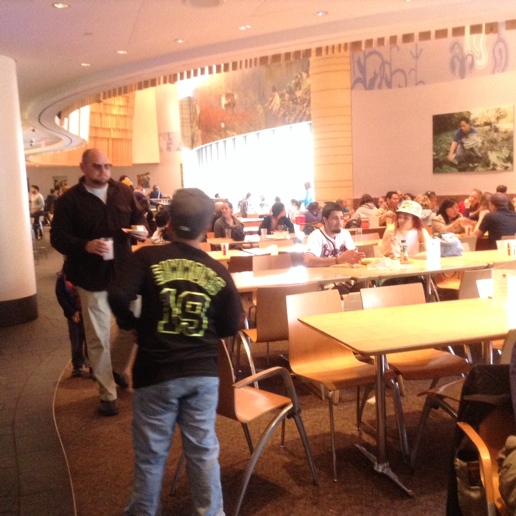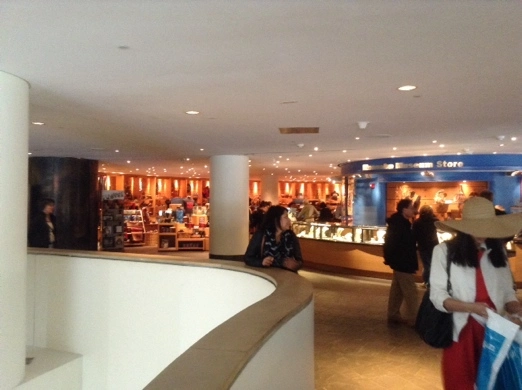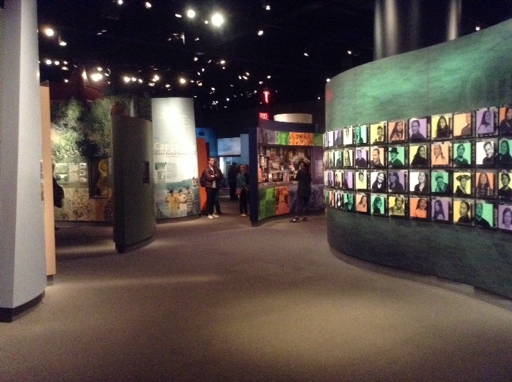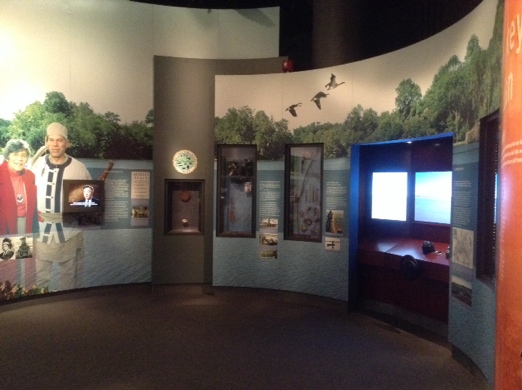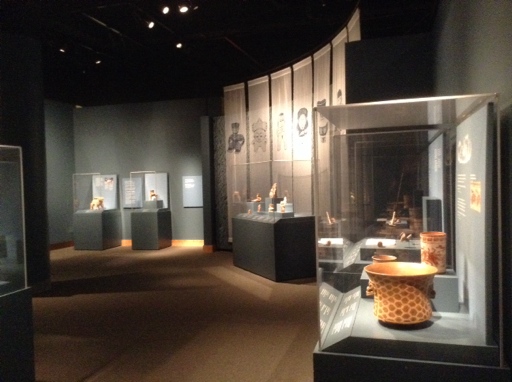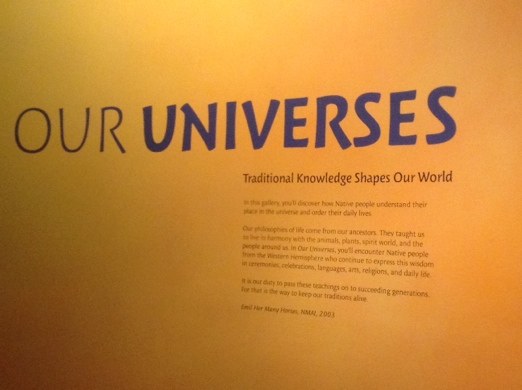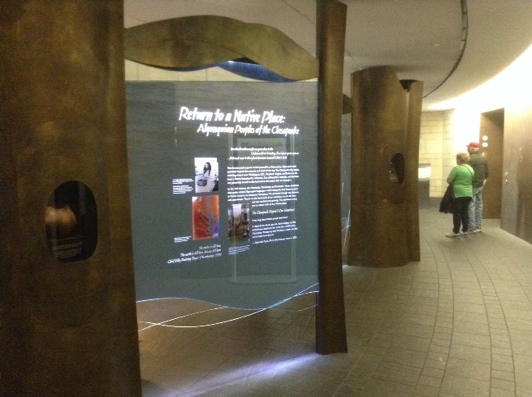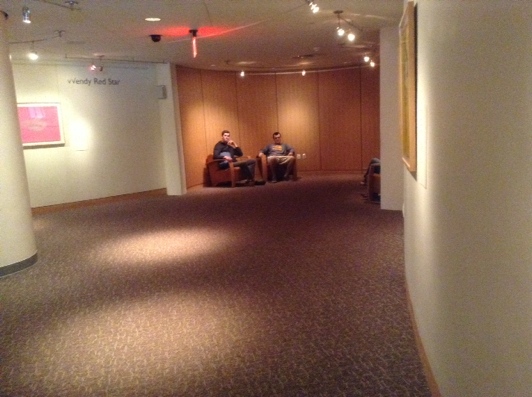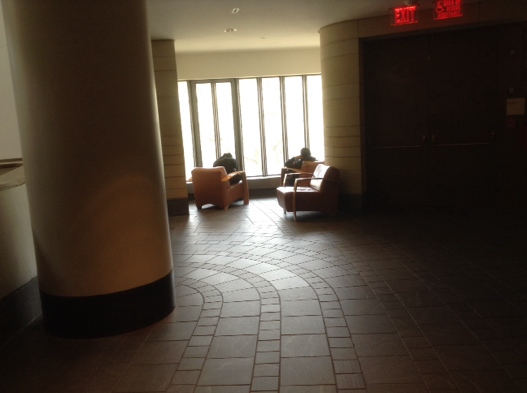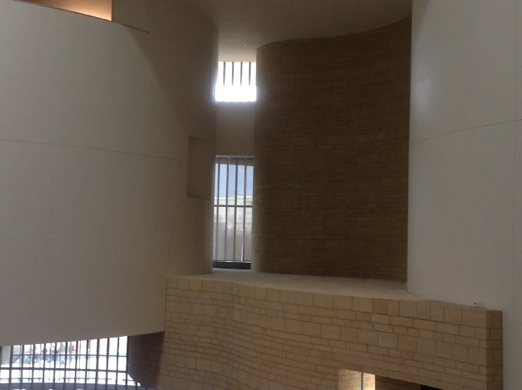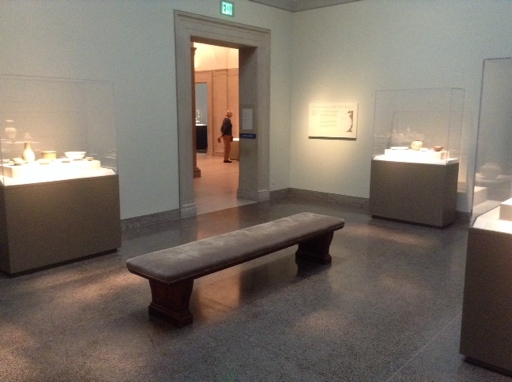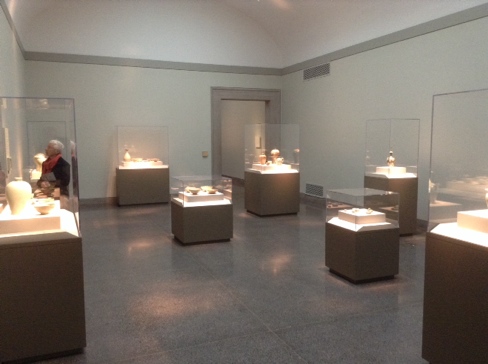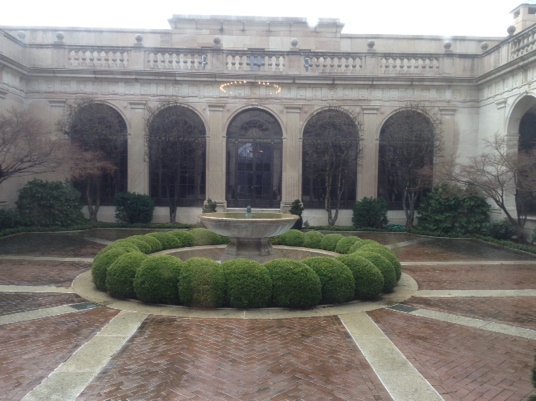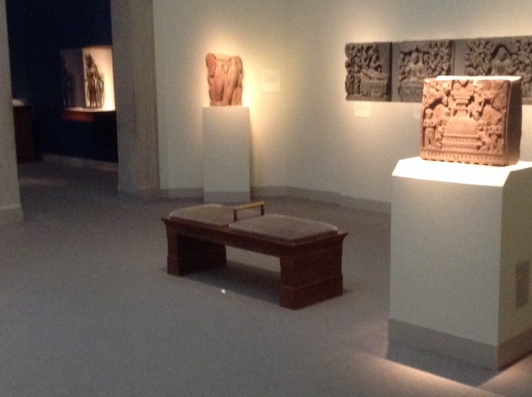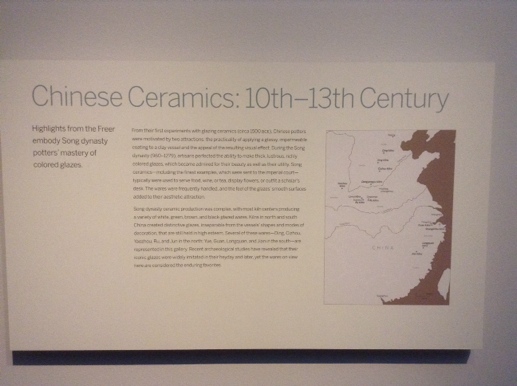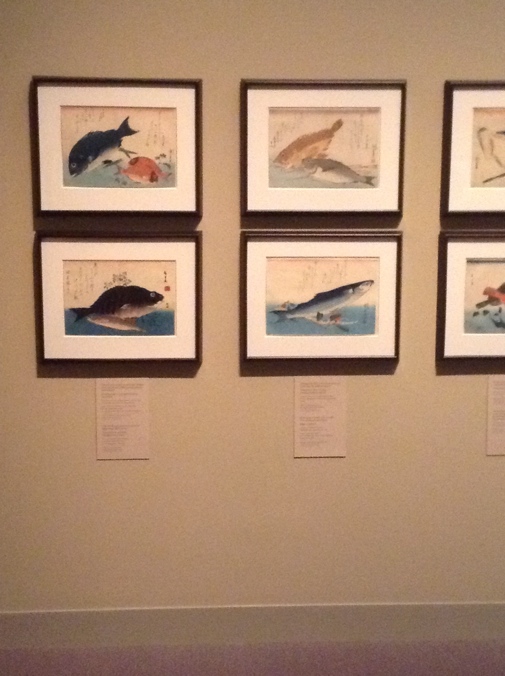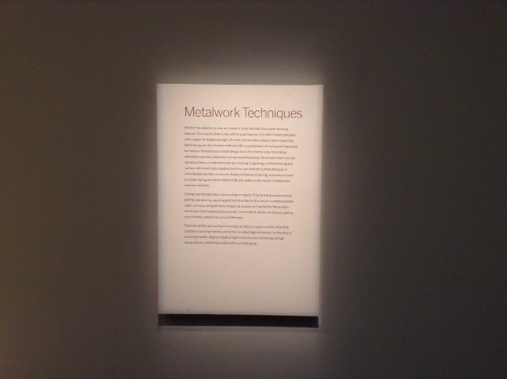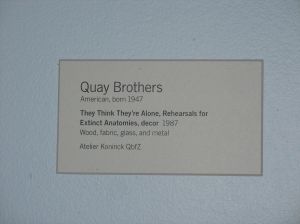How can museums, zoos, and other cultural institutions stay in business while serving visitors whose finances are limited? When does the price of admission become a barrier to access?
Anyone who’s worked in and around museums can tell you that free days generally bring in not only a larger crowd, but people who seem to have less disposable income than the usual run of visitors.
When I worked at the Exploratorium in the early 2000’s, the contrast between free first Wednesdays and the rest of the month was striking. It was the busiest day of the month, hands down; the crowd was much more racially mixed and on the whole looked much less affluent. There were more couples who looked to be in their teens and early twenties, as opposed to the usual parent/guardian types with children. There were also busloads of kids and their chaperones from schools and day camps all over northern California that likely couldn’t pay the museum’s group rates.
Everyone seemed to enjoy themselves and get involved with the exhibits as much as any other set of visitors, though. To my eye — and I must emphasize that I have no research to back this up — this was a crowd that stayed away from the Exploratorium on every other day of the month not out of lack of interest, but because they couldn’t afford it.
I suspect that this is true for museums, zoos, and aquariums across the United States. To get a sense of whether this might be the case, I did a quick survey of admission prices at a small sample of leading art and science museums across the country.
Some provisos: I did not include pay-what-you-will museums (the Met in New York, although you wouldn’t know it from their signage or website), or free ones (the Smithsonians in Washington, the Gettys in LA, which do charge for parking but even then are a bargain). I did not take into account free/reduced admission times, package deals, or membership deals and prices. These are just basic, walk-up retail prices.
Based on the general admission price for adults, seniors, and students, I calculated the cost of admission for a family of four,: two adults, one senior, one youth/student. Here are the results for my sample art museums:
MoMA, New York: $68
Guggenheim, New York: $51
Museum of Fine Arts, Boston: $65.50
Art Institute of Chicago: $48
Philadelphia Museum of Art: $58
Denver Art Museum: $31 (Colorado residents), $41 (non-residents)
LACMA, Los Angeles: $32
San Francisco Museum of Modern Art: $39
Average cost of admission, family of four: $50. Not including parking/transit, food, special exhibits, museum store, etc.
We’ll look at science museums in Part 2.
